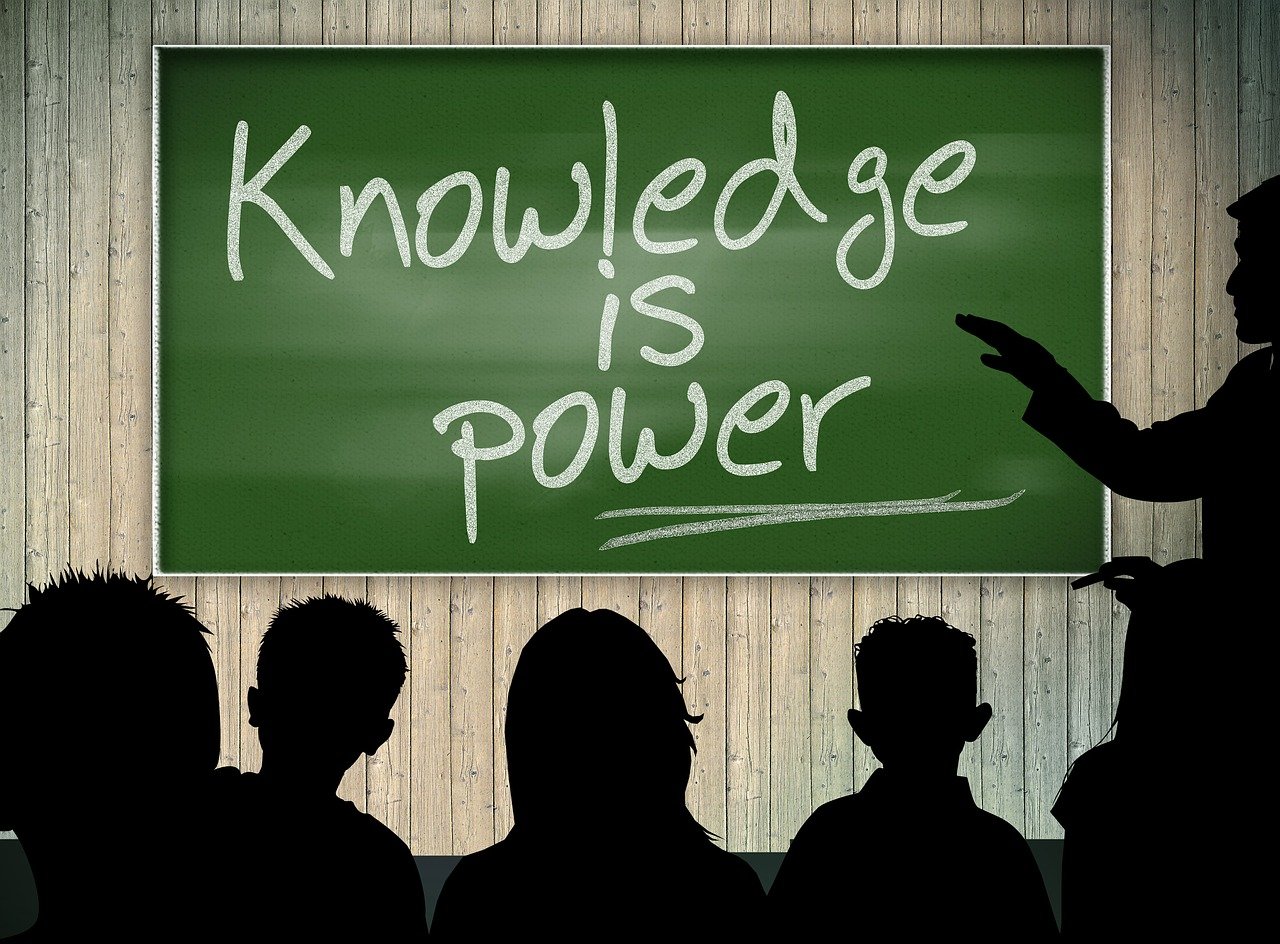The Origins of Halloween: A Journey Through Time
The Origins of Halloween: A Journey Through Time
Halloween, a holiday that fills the air with excitement and spooky delight, has deep roots in ancient traditions. This article will take you on an enchanting journey through time to uncover the fascinating origins of Halloween, exploring its historical significance, cultural evolution, and modern-day celebrations.
Ancient Celtic Roots
To truly understand Halloween's origins, we must travel back over 2,000 years to the ancient Celtic festival known as Samhain (pronounced "sow-in"). The Celts, who lived in what is now Ireland, the United Kingdom, and northern France, celebrated their new year on November 1st. This marked the end of the harvest season and the beginning of winter, a time associated with darkness and death.
Samhain was believed to be a liminal period when the boundary between the living and the dead became blurred. On this night, spirits were thought to return to the earthly realm, seeking warmth and comfort among the living. To ward off these spirits, people would light bonfires and wear costumes, often made from animal heads and skins, to disguise themselves. They believed that by blending in with the spirits, they could avoid being harmed.
Influence of Roman Conquest
The influence of the Romans played a significant role in shaping Halloween's early traditions. When the Romans conquered Celtic territories around 43 AD, they brought with them two festivals that eventually merged with Samhain. The first was Feralia, held in late October, which commemorated the passing of the dead. The second was a day honoring Pomona, the Roman goddess of fruit and trees. Her symbol, the apple, may explain the tradition of bobbing for apples, which remains popular during Halloween festivities today.
Christianization and All Saints' Day

As Christianity spread throughout Europe, the church sought to replace pagan festivals with Christian observances. In 609 AD, Pope Boniface IV established All Saints' Day on May 13th to honor saints and martyrs. However, in 835 AD, Pope Gregory III moved the date to November 1st, coinciding with Samhain. This move aimed to incorporate existing customs into the Christian calendar, making it easier for converts to embrace the new faith while retaining familiar rituals.
All Saints' Day, also known as All Hallows' Day, was preceded by All Hallows' Eve, which later became Halloween. During this time, people continued to believe that spirits roamed the earth, but now they were seen as souls awaiting purification in Purgatory. Christians would light candles and pray for these souls, hoping to ease their passage into heaven.
Medieval Traditions
During the Middle Ages, Halloween evolved further with the introduction of new customs. One such tradition was "souling," where poor people would go door-to-door offering prayers for the dead in exchange for soul cakes—small pastries similar to modern-day cookies. This practice laid the foundation for what we now know as trick-or-treating.
Another medieval custom was "guising," where young people dressed up in costumes and performed songs, poems, or jokes in exchange for food or money. Guisers often impersonated saints, angels, or demons, adding an element of entertainment to the festivities. These performances were not only meant to entertain but also served as a way to keep evil spirits at bay.
Migration to America
Halloween made its way to North America with European immigrants in the 19th century. Initially, celebrations were limited to isolated communities, but as different cultures blended together, so did their traditions. Irish and Scottish immigrants, in particular, brought with them the custom of carving turnips into lanterns to ward off evil spirits. Upon arriving in America, they discovered pumpkins, which were more abundant and easier to carve. Thus, the iconic jack-o'-lantern was born.
By the early 20th century, Halloween had become a widely celebrated holiday in the United States. Communities organized parades, parties, and games, transforming it into a family-friendly event. Trick-or-treating gained popularity after World War II, thanks in part to mass media and consumer culture. Candy companies saw an opportunity to market their products, turning Halloween into a lucrative commercial enterprise.
Modern-Day Celebrations
Today, Halloween is one of the most anticipated holidays of the year, especially in Western countries. People of all ages participate in various activities, from costume parties and haunted houses to pumpkin carving and ghost tours. Decorations featuring ghosts, witches, and skeletons adorn homes and streets, creating an eerie yet festive atmosphere.
One of the most beloved aspects of Halloween is dressing up in costumes. Whether it's a classic character like Dracula or a contemporary superhero, donning a disguise allows individuals to express their creativity and step outside their everyday lives. For children, trick-or-treating remains a highlight, as they eagerly collect candy from neighbors while reciting the phrase "trick or treat."
In recent years, Halloween has expanded beyond its traditional boundaries. Many cities host elaborate events, such as New York City's Village Halloween Parade, which attracts thousands of participants and spectators each year. Social media platforms have also contributed to the holiday's popularity, with users sharing photos and videos of their Halloween experiences.
Cultural Significance
Beyond its entertainment value, Halloween holds deeper cultural significance. It serves as a reminder of our connection to the past and the importance of remembering those who came before us. By celebrating Halloween, we honor centuries-old traditions while adapting them to fit modern times.
Moreover, Halloween provides an opportunity for community building. Neighbors come together to decorate their neighborhoods, organize events, and ensure children's safety while trick-or-treating. This sense of unity fosters stronger bonds within communities, promoting goodwill and cooperation.
Conclusion
From its ancient Celtic roots to its current status as a global phenomenon, Halloween has undergone a remarkable transformation. While some may view it primarily as a fun and frivolous occasion, it is essential to recognize its rich history and cultural significance. By delving into the origins of Halloween, we gain a greater appreciation for the traditions that have shaped this unique holiday.
As you prepare for your next Halloween celebration, take a moment to reflect on the stories and customs that have been passed down through generations. Embrace the spirit of the season, knowing that you are part of a long and storied tradition. And who knows? You might just encounter a friendly ghost or two along the way!






195 条评论